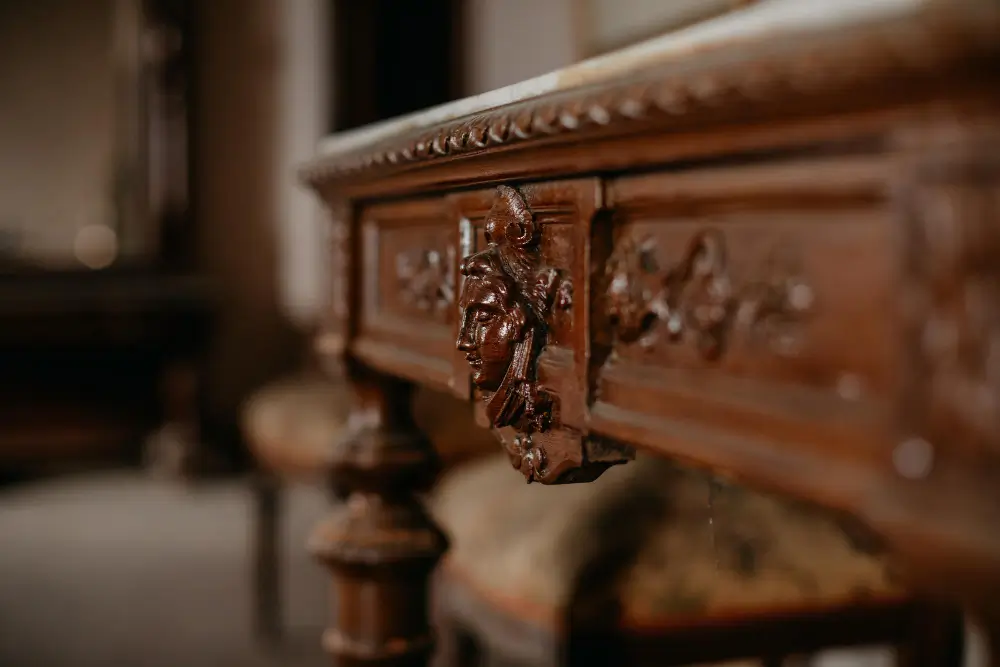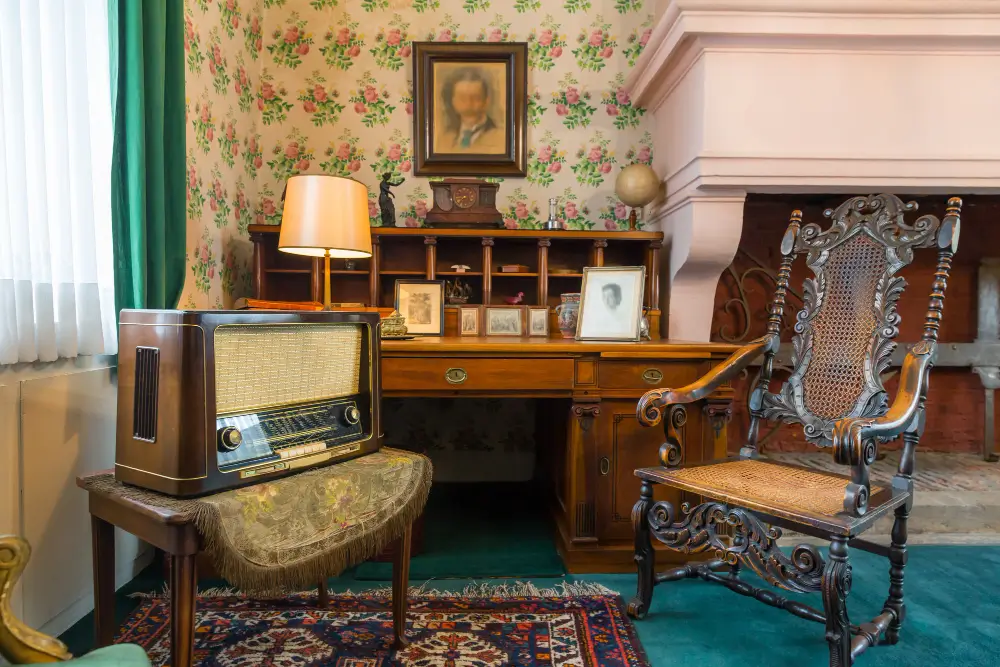Welcome to “The Art of Preservation,” where we’ll review expert guidance on care for your prized antique furniture. Whether these pieces have been passed down through the years or were carefully chosen by you, learning how to clean, maintain, and safeguard them properly is essential.
This guide will contain absolute methods and the best ways of cleaning, maintaining, and protecting your antique furniture. We will describe how to determine your pieces’ materials and construction methods. Such information is invaluable for helping you determine appropriate strategies for their care. You can learn how to clean without causing damage, protect the wood to keep its integrity alive and prevent an environmental factor from degrading your precious items.
Let’s examine how best practices might keep your antique treasure a valued part of your house for years.
Understanding the Value of Antique Furniture

Antique furniture represents not just an item of function but also a historical artifact from a period representing a particular style of craftsmanship. These have values more than their monetary value and comprise historical, cultural, and artistic importance. Preserving such pieces becomes an issue of homage to their history and the stories they carry.
How to Clean Antique Furniture Properly
To avoid damaging the finish or scratching the wood:
- Use a gentle, dry cloth to wipe down antique furniture.
- Be careful not to overscrape the surface.
- Avoid using abrasives or strong chemicals on the wood, as they could remove its natural oils.
Use a soft soap and water solution to clean deeper, but always conduct a spot test in a hidden area first.
Maintaining the Finish: Tips for Longevity

However, the finish determines the value and beautification of antique furniture. Wax it with good-quality wax or polish every few months. Clean it with a soft cloth afterwards, following the grain of the wood. It will add to the lustre of the furniture and, at the same time, protect it from moisture and dust.
Protecting Against Environmental Factors
The worth and structure of antique furniture may greatly deteriorate under environmental conditions: light, humidity, and changes in temperature. To block the sun’s rays, hang up some curtains or install shades; turn on a dehumidifier to lower the relative humidity. You should also keep the furniture away from air vents, whether for heating or cooling, as these can potentially cause long-term harm.
Preventing Damage: Use Protective Measures
Simple protective measures could save your life from all that antique furniture for decades. Use coasters under anything that may scratch the surface, or use felt pads, and don’t drag furniture—lifting only. Covering with some fabric: upholstery, slipcovers, or fabric protectors. Restoring Antique Furniture: When to Seek Professional Help. Consultation with a professional restorer would be a great option if it shows significant damage or wear. Do not make DIY fixes for important repairs, as improper techniques could further devalue the piece. Find a reputable restorer specialising in your furniture type to ensure its authenticity and value are preserved.
Conclusion
Preserving Your Treasures for Generations To preserve antique furniture is an art that combines knowledge with care and respect for history. Follow these expert cleaning, maintaining, caring, and protecting ideas to keep your antique pieces ideal—the ones that will be passed on to coming generations. Remember, antique furniture is not just an item—it’s a piece of history that deserves to be cherished and passed down. Welcome the art of preservation into your never-ending life, as through it, the next generation might have the opportunity to appreciate the great legacy of your antique collections and all the fine beauty and value passed down each generation one step at a time and with care.


